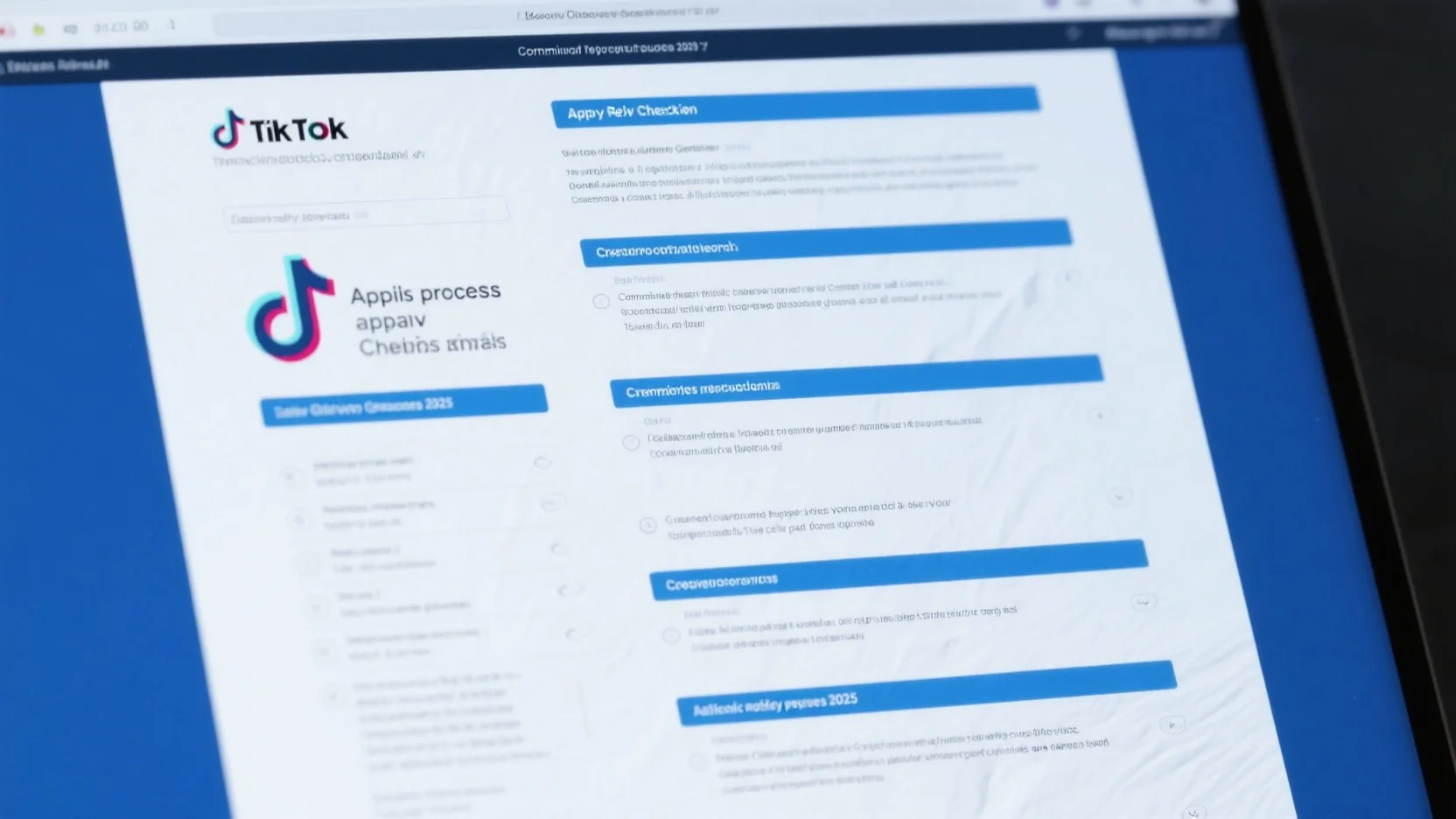
2025 TikTok Ad Policy Updates: Compliance, Review Checklist, and Impact on Creative Content
In 2025, TikTok’s ad policy has undergone significant updates that can’t be missed by advertisers. According to a SEMrush 2023 Study and Google’s official guidelines, these changes emphasize precision, transparency, and data security. Compared to